Antique China Plate identification help please. With Pictures!
chris18cls
12 years ago
Related Stories
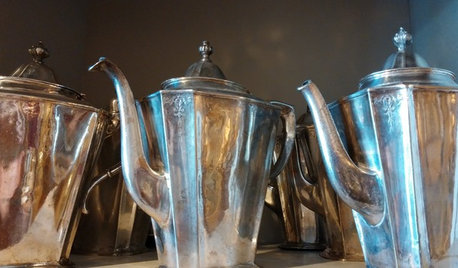
TRADITIONAL STYLEDecorating With Antiques: Silver’s Legacy
Learn how to tell sterling from plate, ways to display pieces and why silver is so darn special to begin with
Full Story
SUMMER GARDENINGHouzz Call: Please Show Us Your Summer Garden!
Share pictures of your home and yard this summer — we’d love to feature them in an upcoming story
Full Story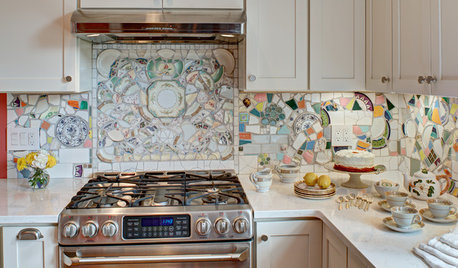
MOST POPULARKitchen of the Week: Broken China Makes a Splash in This Kitchen
When life handed this homeowner a smashed plate, her designer delivered a one-of-a-kind wall covering to fit the cheerful new room
Full Story
MOST POPULAR7 Ways to Design Your Kitchen to Help You Lose Weight
In his new book, Slim by Design, eating-behavior expert Brian Wansink shows us how to get our kitchens working better
Full Story
DECLUTTERINGDownsizing Help: How to Edit Your Belongings
Learn what to take and what to toss if you're moving to a smaller home
Full Story
MOVINGRelocating Help: 8 Tips for a Happier Long-Distance Move
Trash bags, houseplants and a good cry all have their role when it comes to this major life change
Full Story
KITCHEN DESIGNHere's Help for Your Next Appliance Shopping Trip
It may be time to think about your appliances in a new way. These guides can help you set up your kitchen for how you like to cook
Full Story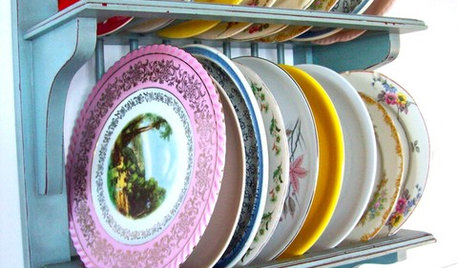
ENTERTAININGMix Your Plates for Memorable Table Settings
Hodgepodges are happenin’ — learn how to combine different-style dishes, silverware and glassware for a highly personal look
Full Story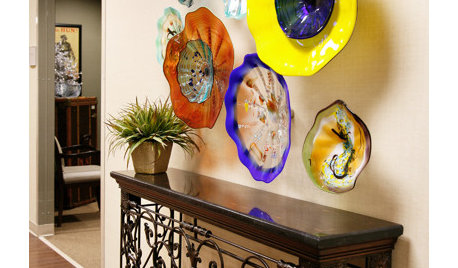
ARTWall Candy: Dish Up Colorful Glass Art Plates
These gorgeous handblown plates may look good enough to eat, but they're better off admired on the walls
Full Story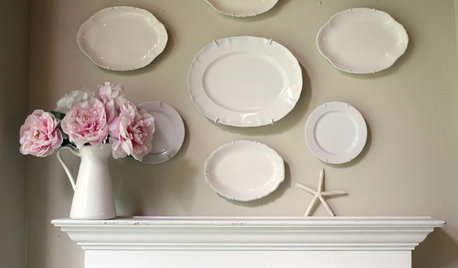
DECORATING GUIDESDIY: The Secret to Hanging a Plate Collection
Save your walls! Here's how to get your art grouping right
Full Story





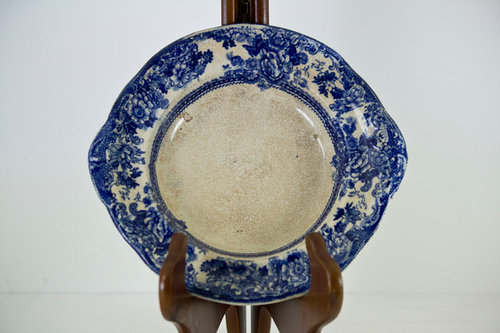

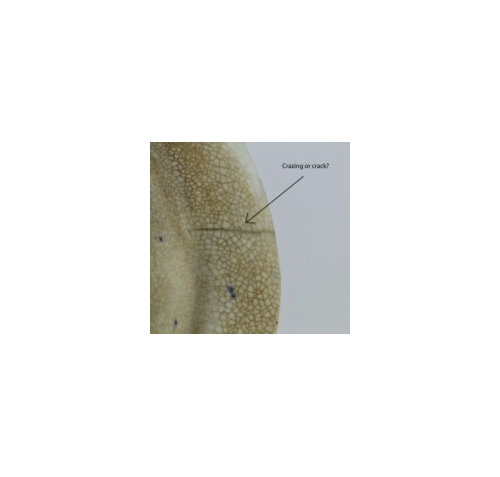

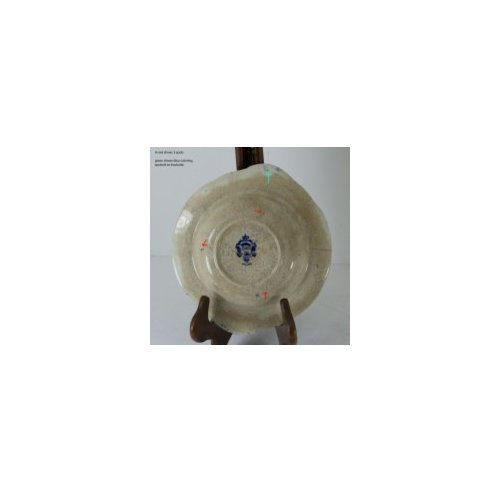

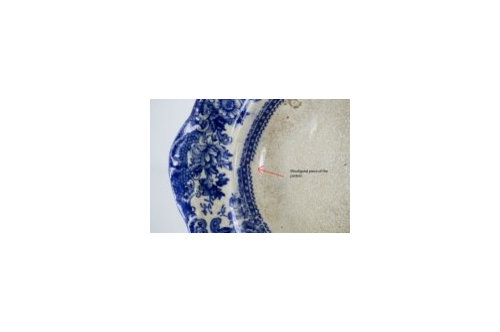

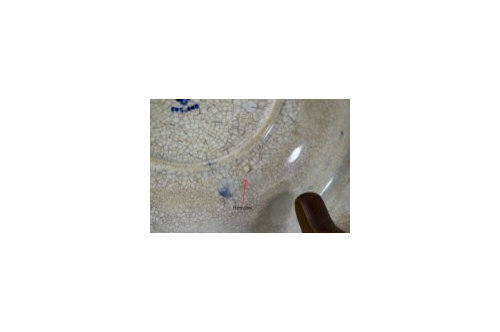
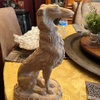



calliope
lindac
Related Professionals
Midland Furniture & Accessories · Ventura Furniture & Accessories · Farmington Furniture & Accessories · Ives Estates Furniture & Accessories · San Diego Furniture & Accessories · Camden Painters · Downers Grove Painters · Lilburn Painters · La Mirada Furniture & Accessories · Los Gatos Furniture & Accessories · Dallas Professional Organizers · Hialeah Professional Organizers · Hutto Professional Organizers · Mansfield Professional Organizers · San Antonio Professional OrganizersFori
chris18clsOriginal Author
lindac
calliope
justlinda
lindac
calliope
formerlyflorantha
lindac
calliope
lindac
calliope
lindac
calliope
cloudy_christine
lindac
cloudy_christine
jdyemd